mixed ecologies
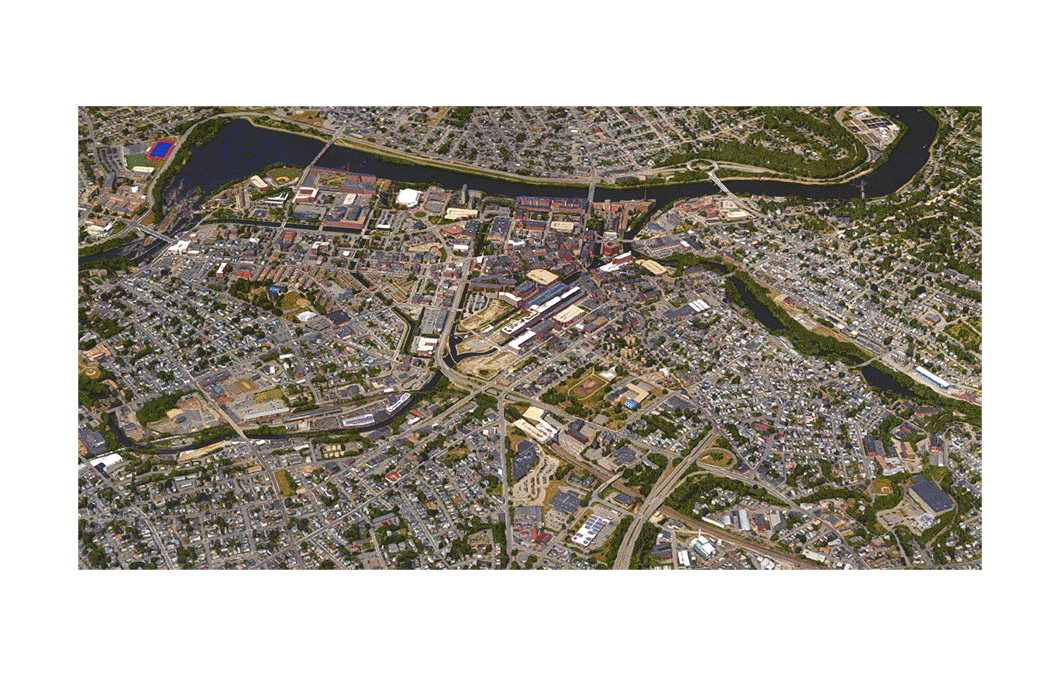
Lowell, MA is a diverse, mid-sized city and the epicenter of 19th-century textile manufacturing in the U.S. Like many post-industrial cities, Lowell is eager to reinvent itself and avoid an urban identity crisis.
However, the city is dramatically parceled by infrastructural boundaries — a highway, railroad, and canals — which converge at our undeveloped site. The result is a sprawling void that separates the city’s Downtown (white), Highlands (mostly South-Asian) and Acre (mixed immigrant) districts.
Our proposal seeks to activate this void as a crossroads rather than spawn a new urban center from scratch. Our priority is to bridge the disparate but potentially symbiotic neighborhoods that border the site.
However, the city is dramatically parceled by infrastructural boundaries — a highway, railroad, and canals — which converge at our undeveloped site. The result is a sprawling void that separates the city’s Downtown (white), Highlands (mostly South-Asian) and Acre (mixed immigrant) districts.
Our proposal seeks to activate this void as a crossroads rather than spawn a new urban center from scratch. Our priority is to bridge the disparate but potentially symbiotic neighborhoods that border the site.

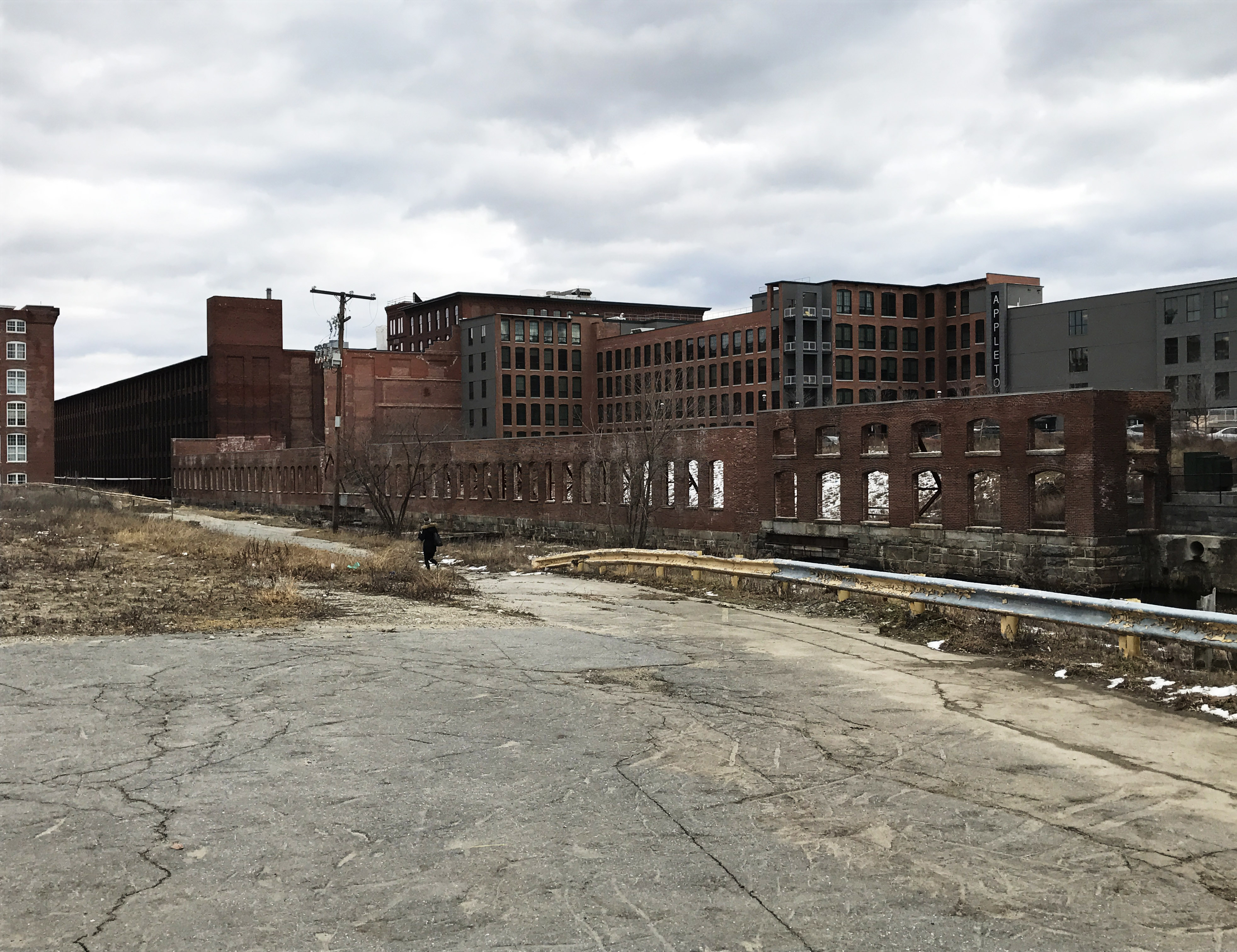
Lowell’s immigrant population is crucial to the city’s redevelopment. At twice the national average, this growing subgroup is helping to revitalize the city. In order to serve all citizens of Lowell,
we cultivate the social and economic benefits of difference through hybrid building types and overlapping zones of activity, represented in drawings by orange s-curves.

At
the building scale, we must break up the monolithic and monotonous mill architecture, which dominates Lowell’s fabric.

Voids are carved into elongated mill buildings, historic building shells are repurposed, and new buildings bridge old impasses. The mill building’s structural framework is extended beyond its walls, crossing between interior and exterior space. New cores are also added into the mix, providing utilities, structural reinforcement, and vertical circulation where necessary.
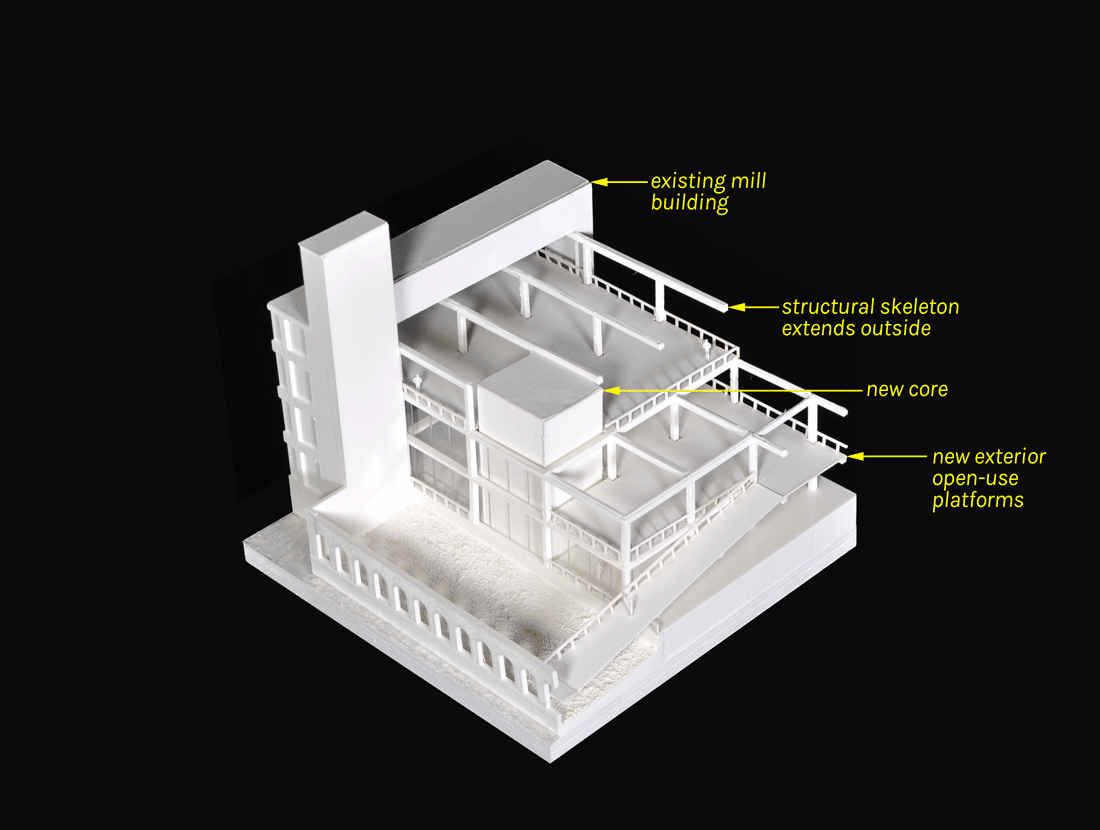
These manipulations transform Lowell’s homogenous architecture,
promoting a mixed urban ecology.

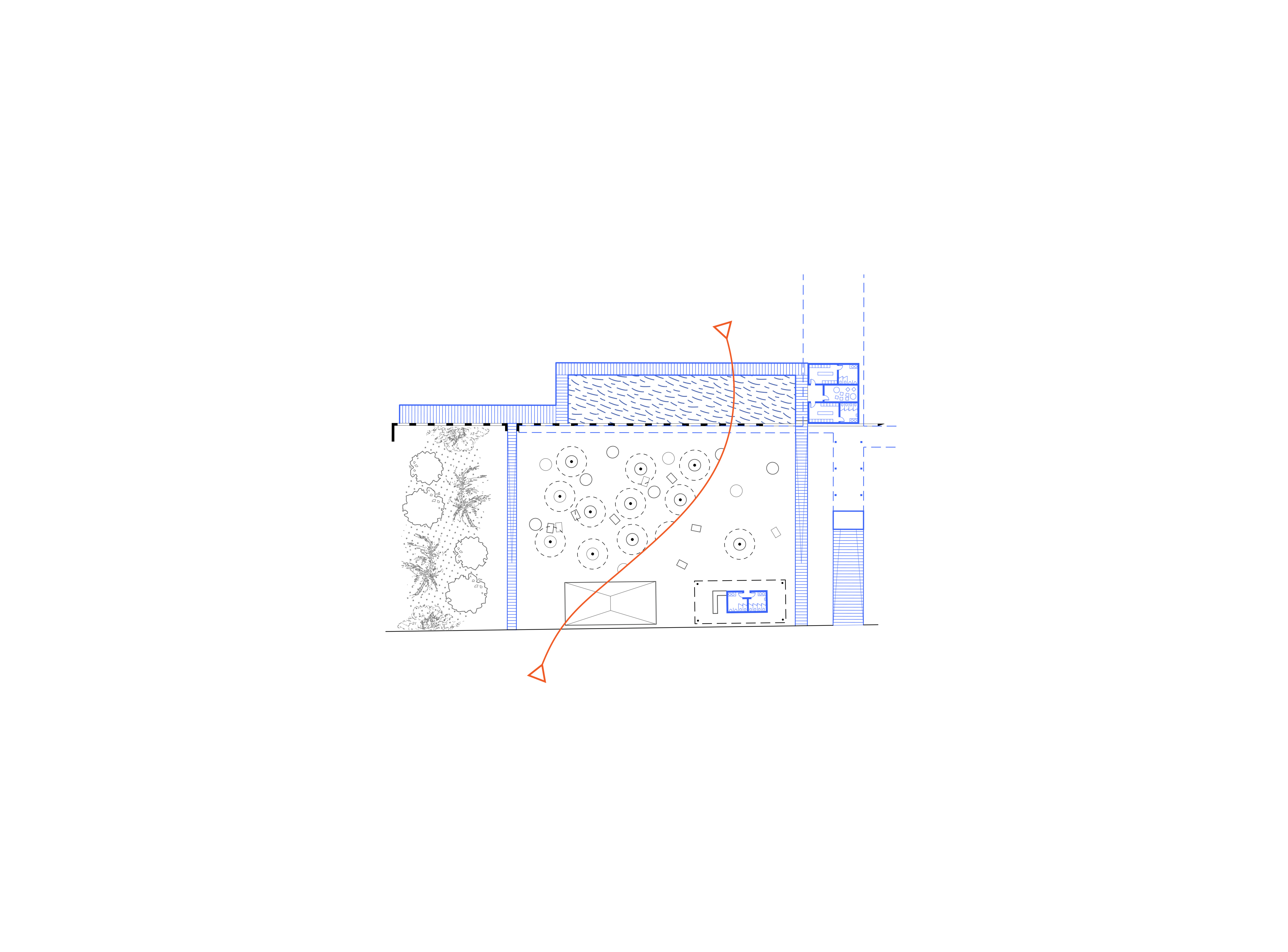






At the district scale, we break Lowell down into distinct
yet overlapping zones. Each zone is centered on an easily achieved intervention, a focal point from which mixed ecologies spread. Below are five examples.

1. Lowell Gate
A knot of transportation boundaries is untangled, reconnecting neighborhoods and easing entry into the city.


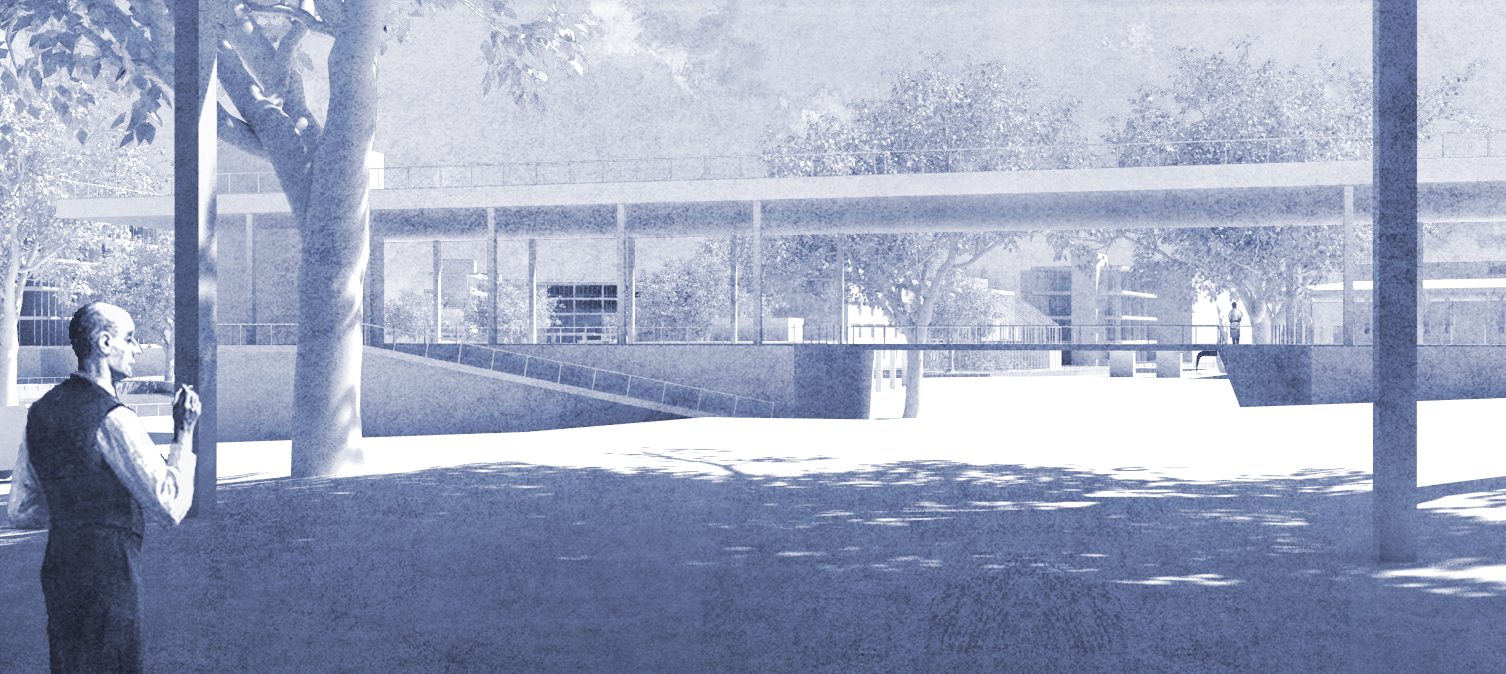
Rather than adding pedestrian bridges over the railroad, the train station itself becomes a platform of connection. The new building stitches together the Downtown, Highlands and Acre districts, their confluence enlivened by a culinary school, restaurants & grocery store.


2. Center Grove
An elaborate sequence of empty parking lots is transformed into a composition of naturalized open spaces.





3. Canal Side
New housing joins two of Lowell’s largest existing workplaces, producing a live/work ecology at the water’s edge.
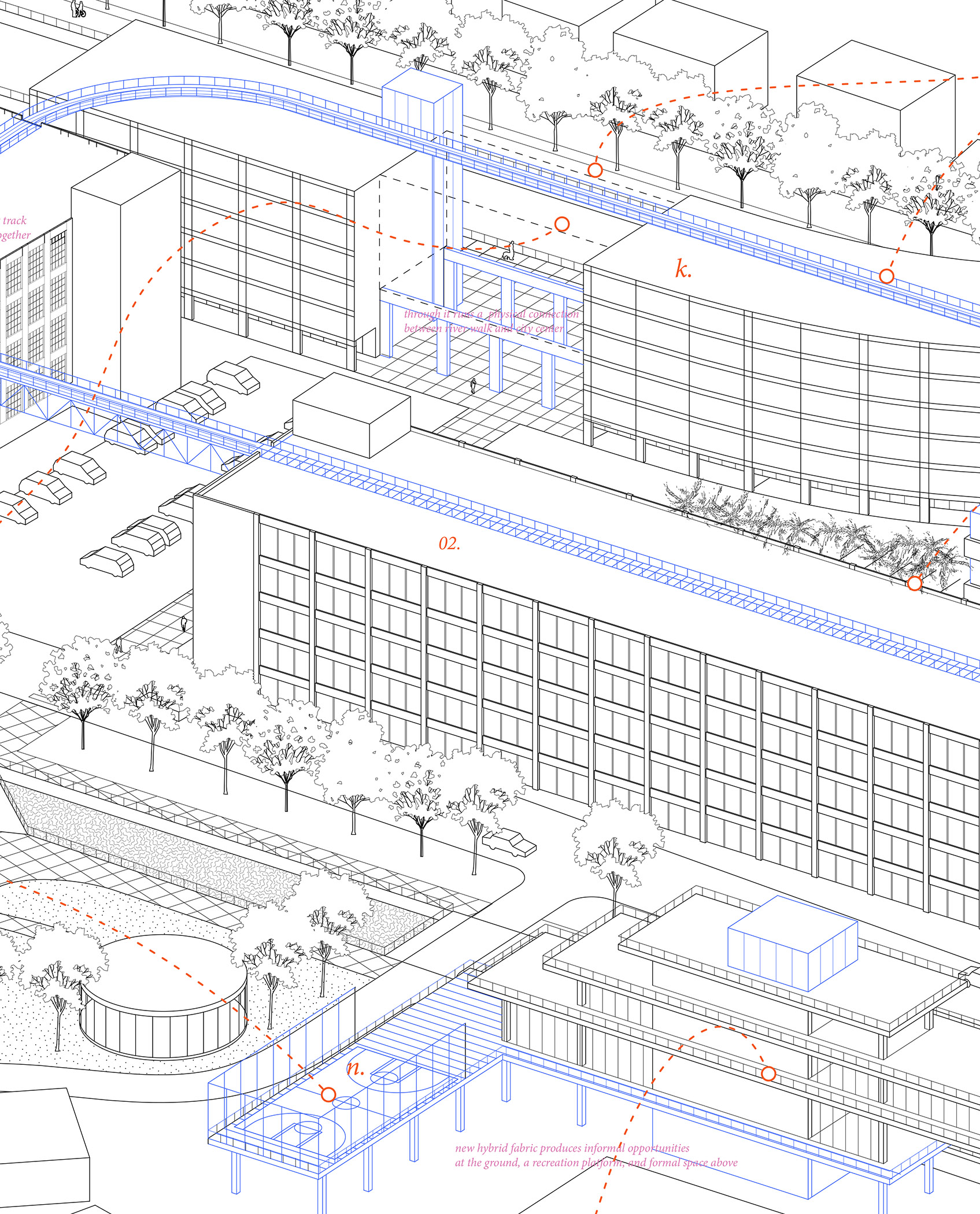



4. The Beach
A forgotten landscape becomes a new social heart, a space of urban leisure always animated by a variety of use.
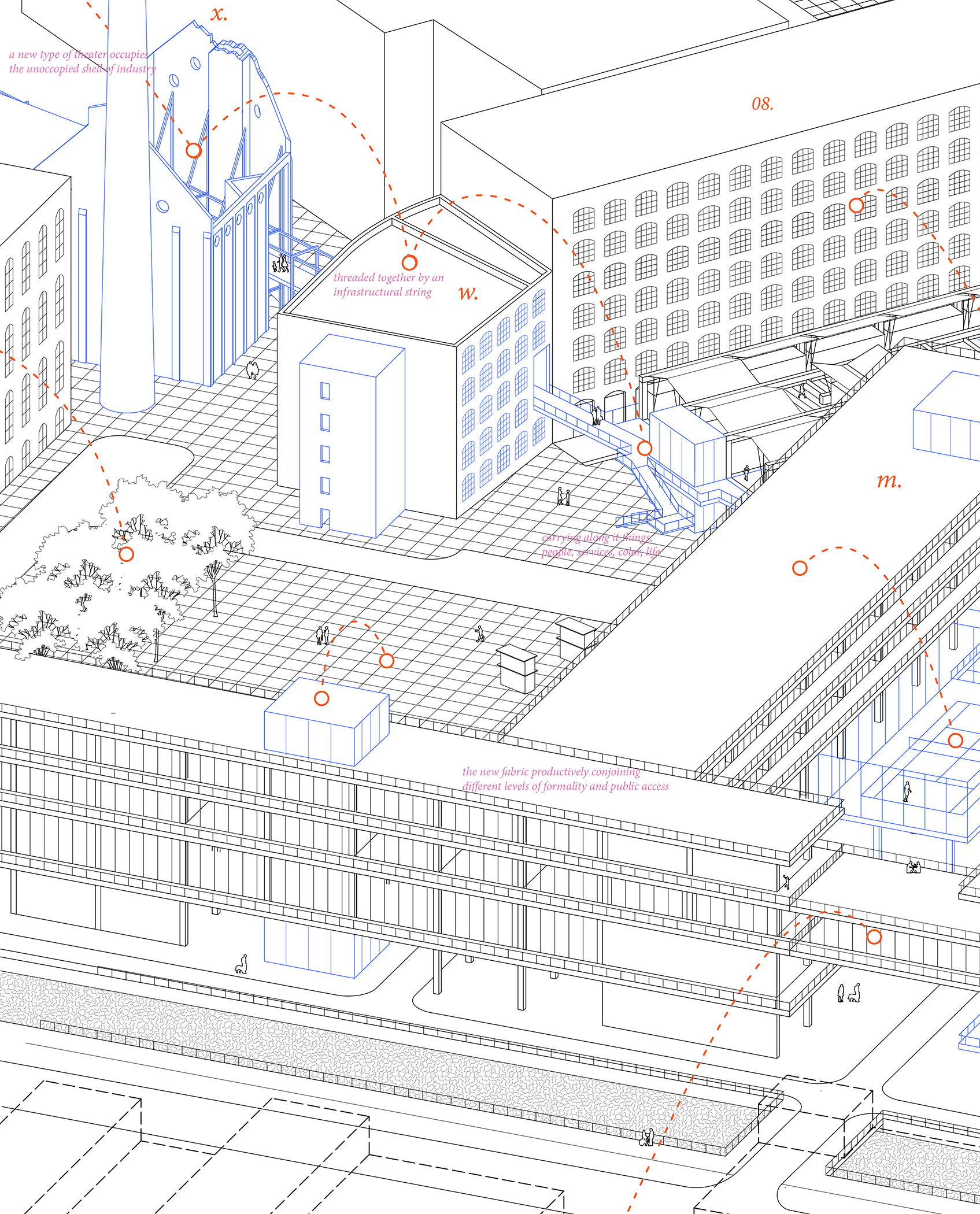




5. Drama Alley
Urban fabric is reimagined as dramaturgic set, building shells become outdoor theatres, and gantries double as boardwalks.

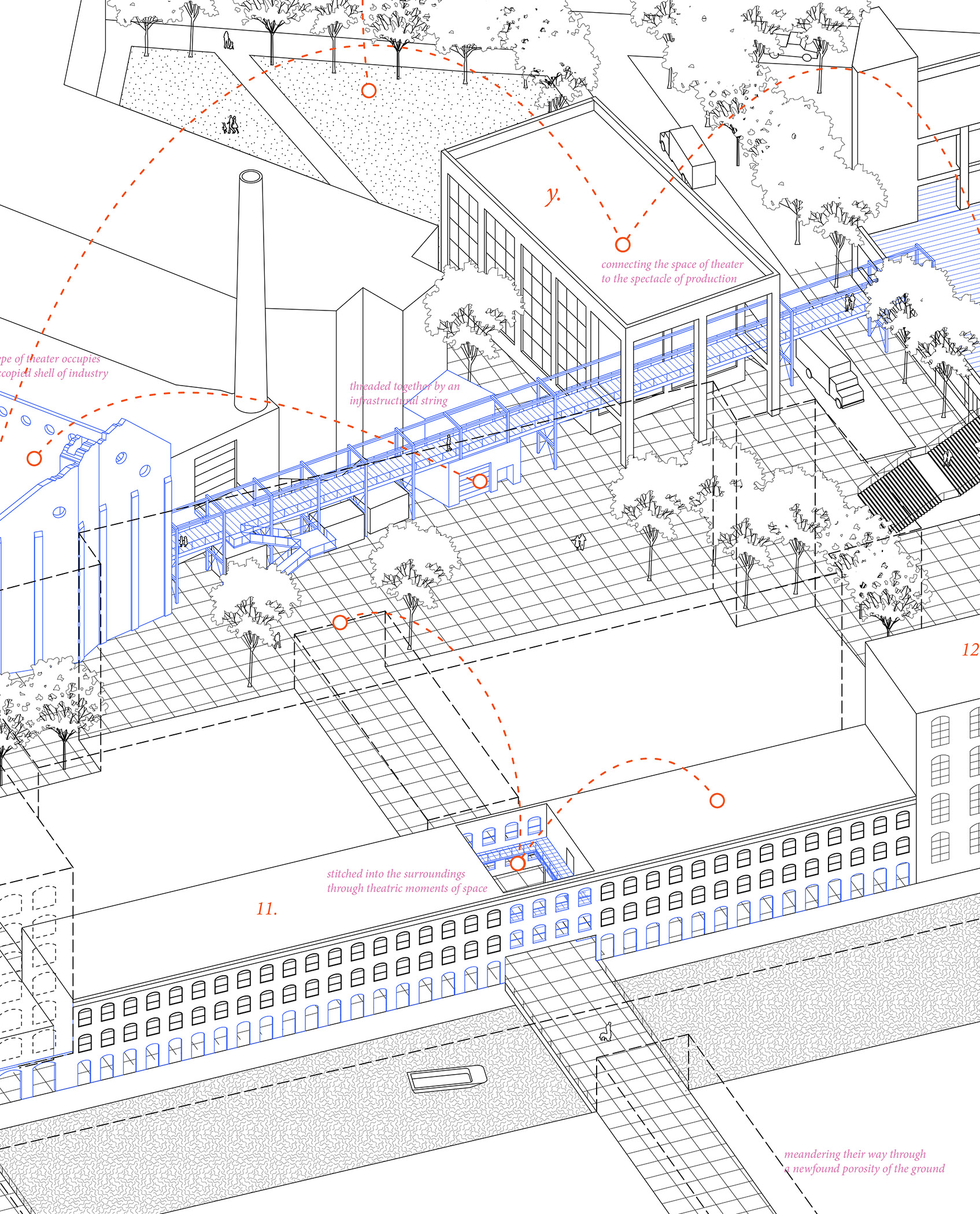
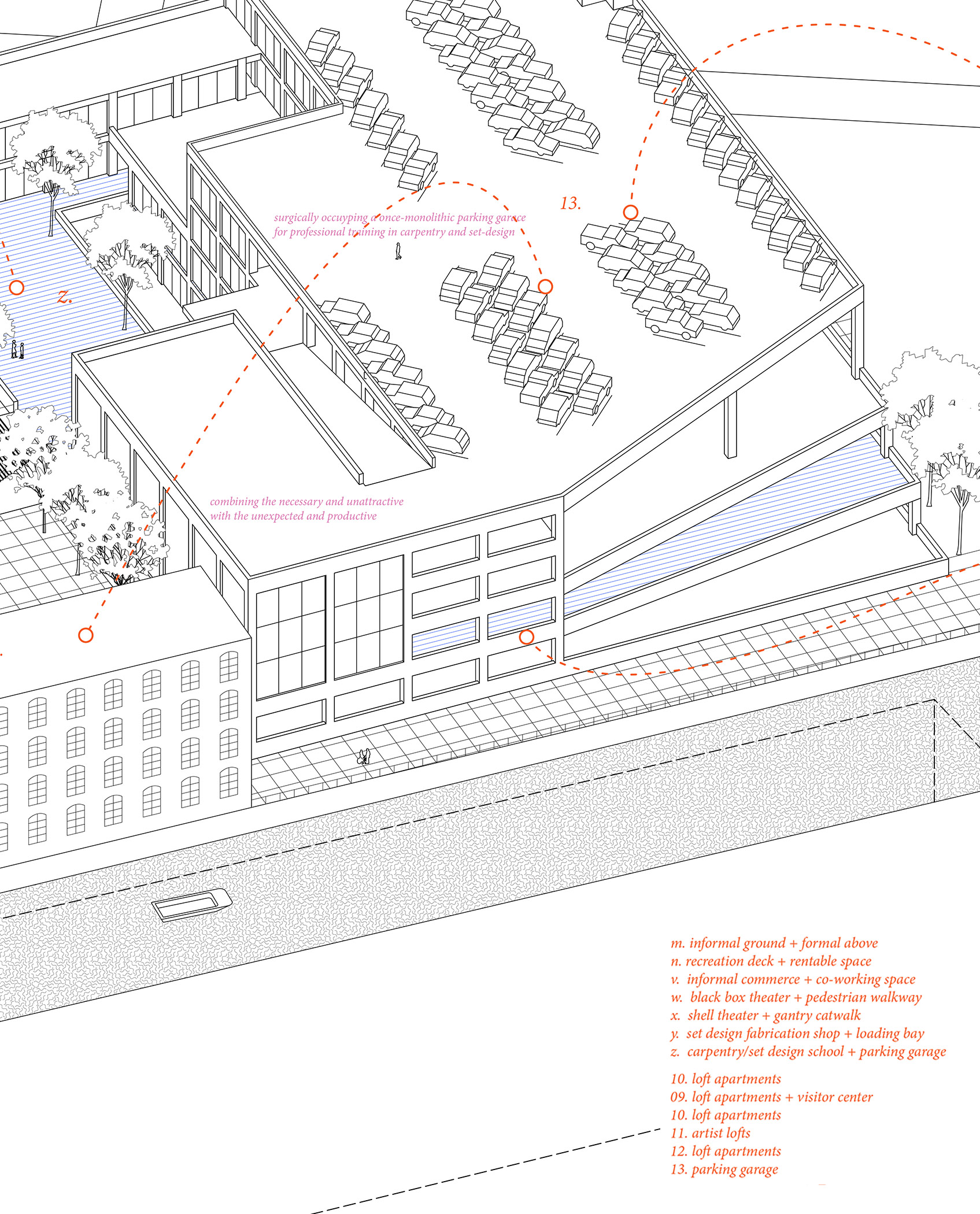

w/ Jonathan Molloy & Gentley Smith